What are Billboards
Billboards are large-scale advertising structures, commonly found alongside highways and urban areas, designed to capture the attention of passersby and motorists. These towering signs are visual storytelling tools for marketers, promoting products, services, or brands on a grand scale. They are primarily intended for businesses seeking to increase brand awareness or advertise specific campaigns to a broad audience. The efficacy of billboards relies on strategic placement, eye-catching design, and clear messaging to make an impactful statement within a brief viewing window as potential customers pass by.
The working principle of billboards involves a synergy of marketing acumen and graphic design. A successful billboard delivers its message quickly and memorably, capitalizing on the limited time it has to engage viewers. The content typically includes a striking image or graphic, a succinct tagline, and a call-to-action or brand logo. Digital billboards have added a dynamic element to this advertising medium, allowing for moving images, video content, and even interactive capabilities.
For advertisers, billboards offer the advantage of high visibility in high-traffic areas. They are a component of out-of-home (OOH) advertising, which encompasses any visual advertising media found outside of the home. This form of advertising is not only meant to reach consumers on the go but also to create lasting impressions that consumers carry with them, potentially influencing future purchasing decisions.
Types of Billboards
Billboards come in various forms and sizes, each serving different advertising needs and settings:
Static Billboards: These traditional billboards display a single printed advertisement for an extended period. They are prevalent due to their simplicity and wide reach, effectively used along highways and in areas with heavy foot traffic.
Digital Billboards: Featuring LED technology, digital billboards offer the flexibility of displaying multiple advertisements in a rotation. Their dynamic nature allows for timely updates and can even include real-time content, making them suitable for time-sensitive marketing campaigns.
Mobile Billboards: Mounted on trucks or trailers, mobile billboards bring advertisements directly to the target audience by traveling through specified routes. This type is ideal for localized campaigns or promoting events in multiple locations.
Interactive Billboards: These incorporate technology that encourages audience engagement through touch screens, social media integration, or augmented reality experiences. They're often utilized in high-engagement areas like shopping malls or busy city streets.
Three-Dimensional Billboards: Adding a physical dimension to the advertisement creates a more striking visual impact. These billboards often feature sculptural elements that extend beyond the flat surface of traditional billboards, thus creating a sense of depth and realism.
How to choose Billboards
Choosing the right billboard type is crucial for businesses aiming to maximize their advertising reach and impact. When selecting billboards for marketing purposes, companies should consider various factors such as location, audience demographics, campaign duration, and budget.
Location plays a pivotal role in billboard effectiveness; therefore, businesses should identify high-traffic areas that align with their target market's habits. Audience demographics such as age, income level, and interests will influence the creative approach and messaging of the billboard content.
Campaign duration is another important consideration—digital billboards allow for short-term campaigns with easily interchangeable content while static billboards are more suitable for long-term exposure. Budget constraints will determine not only the type of billboard but also its size and location prominence.
Businesses should also consider the technical aspects such as lighting for visibility during night hours and durability to withstand weather conditions. Material choice can affect both the billboard's longevity and presentation quality; options range from vinyl for printed advertisements to robust metals for digital displays.
Lastly, businesses must ensure compliance with local regulations regarding billboard advertising which can dictate size limitations and placement permissions.
Best Billboards on Alibaba.com
Alibaba.com stands as a global marketplace connecting buyers with suppliers to facilitate business transactions across borders. For those seeking wholesale billboards suitable for various applications from retail stores to outdoor advertising displays or educational purposes—Alibaba.com offers an extensive selection suited to any business need.
With access to original manufacturers as well as OEM and ODM suppliers, Alibaba.com users can source billboards that cater specifically to their requirements—whether that means custom sizes, special materials like tempered glass or stainless steel, or advanced features like LED technology.
As an online trading platform that transcends geographical barriers, Alibaba.com simplifies international trade by offering services like Trade Assurance—a protection service that ensures payments are secure until delivery completion. The platform's commitment to facilitating 'easy business anywhere' is evident through its comprehensive range of products across diverse categories and specialized services designed to meet the nuanced needs of businesses globally. With Alibaba.com's user-friendly interface and mobile accessibility features, sourcing commercial advertising equipment like billboards becomes an efficient process tailored to modern business demands.
Common FAQs for Billboards
What types of billboards are best for high-traffic areas?
Billboards designed for high-traffic areas are typically large and highly visible, such as static or digital billboards. Digital billboards are particularly effective as they can display rotating advertisements and capture attention with dynamic content.
How do I determine the ideal location for my billboard?
An ideal location for a billboard is one that sees high volumes of your target audience. Consider factors like traffic flow, visibility, the speed at which the traffic is moving, and the proximity to the advertised product or service.
Can billboards be customized to fit specific campaign needs?
Yes, billboards can be customized in terms of size, design, and technology such as LED displays to suit specific campaign objectives and to target particular audiences more effectively.
What is the typical duration of a billboard advertising campaign?
The duration of billboard campaigns can vary widely depending on the advertiser's goals. Static billboards often have longer campaigns, while digital billboards can be updated more frequently for short-term promotions.
Are mobile billboards an effective advertising strategy?
Mobile billboards can be very effective for targeted campaigns as they can move around and reach audiences in multiple locations, especially in areas with heavy foot traffic or at special events.
How does digital billboard content management work?
Digital billboards use content management systems that allow advertisers to upload and schedule their advertisements remotely. These systems provide flexibility to change content swiftly and as often as needed.
What are the maintenance considerations for outdoor billboards?
Outdoor billboards require regular maintenance to ensure structural integrity and clear visibility. This includes checking lighting elements, cleaning surfaces, and inspecting for any damage due to weather conditions.
How can businesses ensure their billboard design is effective?
To ensure effectiveness, a billboard design should be simple, with a clear message, bold visuals, and legible text. It should also take into account the viewing distance and speed of passing traffic.
What kind of materials are used in the construction of billboards?
Billboard construction materials vary but commonly include vinyl for printed ads; aluminum, steel or other metals for frames; and LED lights or modules for digital displays. Materials are chosen based on durability and display quality.
What are the benefits of using LED billboards over traditional billboards?
LED billboards offer several benefits over traditional ones, including higher visibility at night, the ability to display animated or video content, lower maintenance costs due to their longer lifespan, and environmental efficiency through reduced energy consumption.
Can billboard advertising be targeted towards specific demographics?
While billboard advertising is generally broad-reaching, it can be targeted by placing billboards in strategic locations where your desired demographics frequent. Digital billboards further allow targeting through scheduled ads at specific times.
How does weather affect billboard advertising effectiveness?
Extreme weather can affect visibility and durability. Advertisers should choose materials resilient to local weather conditions and opt for locations that offer some natural protection if necessary.
Is it possible to measure the return on investment (ROI) of billboard advertising?
Measuring ROI on billboard advertising can be challenging but can be estimated through metrics like increased web traffic or sales following a campaign launch. Businesses may also use unique promo codes or landing pages to track engagement.
Are there any legal restrictions on billboard advertising?
Yes, there are legal restrictions that vary by region regarding size, lighting, content, and placement of billboards. Businesses should consult local regulations before investing in a billboard campaign.














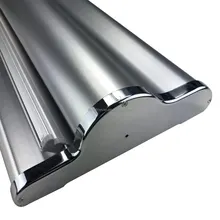




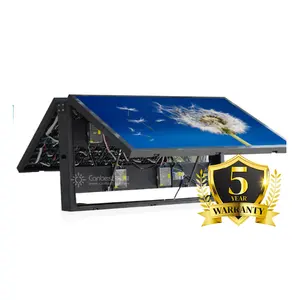
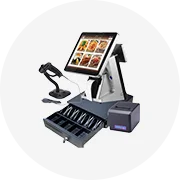
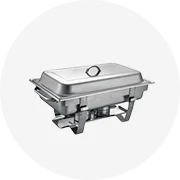
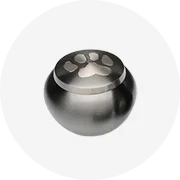
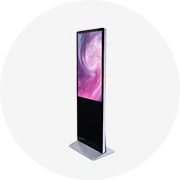


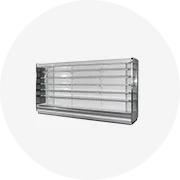
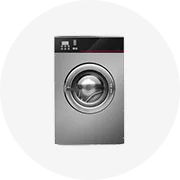
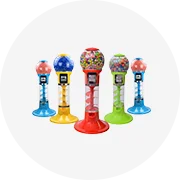
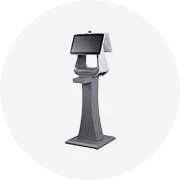
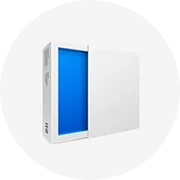









 浙公网安备 33010002000092号
浙公网安备 33010002000092号 浙B2-20120091-4
浙B2-20120091-4